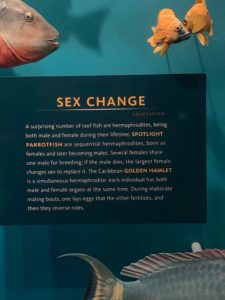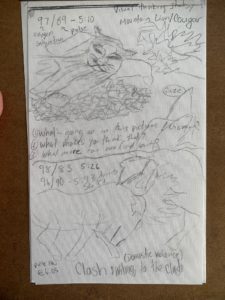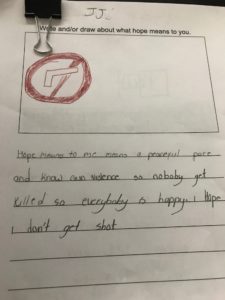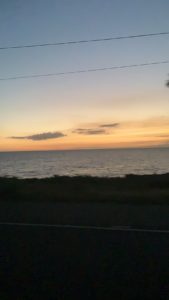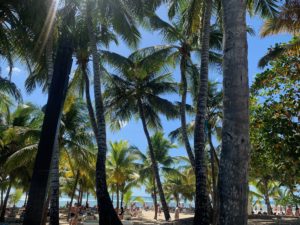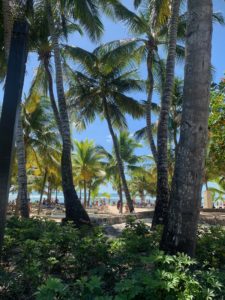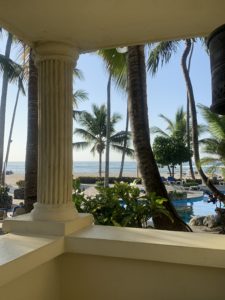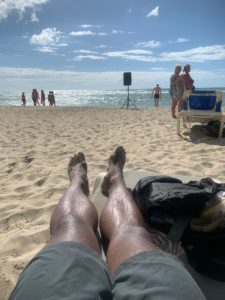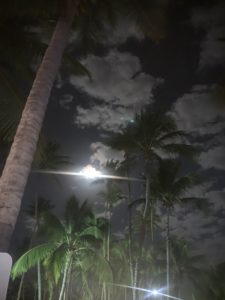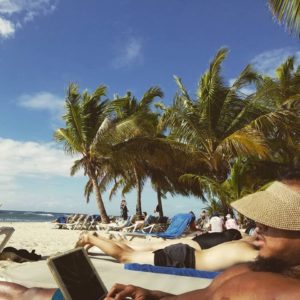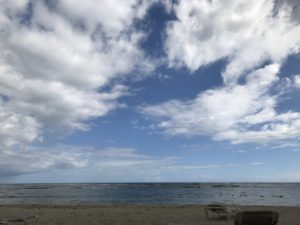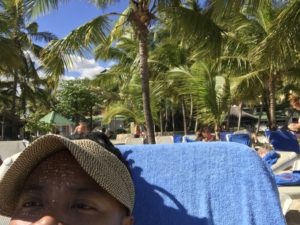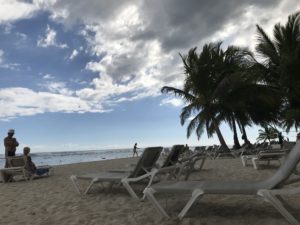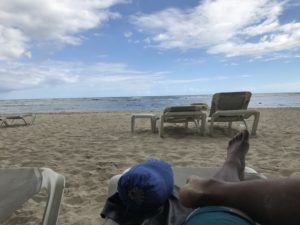Arts- Based Methods in Socially Engaged Research Practice: A Classification Framework by Qingchun Wang, Sara Coemans, and Richards Siegesmund
“ABR also fulfills our desire for surprise. It provides opportunities to see new portraits of phenomena, diversifies our perspectives, and emancipates the gaze through which we approach the world around us (Barone & Eisner, 2011). It may also raise our awareness of important social, political, or educational issues, and offer a starting point for further inquiry and actions. ABR often challenges ways of conducting research, and the fundamental nature and purpose of research itself (Saven-Baden & Major, 2013).”
When I read this article, the quote above really resonated with me. I am working on a project called, “Freedom Dreams” where I am actively collecting both writing and drawings from children and adults that express what they believe and imagine freedom to look like, feel like, and sound like. The visuals by my young elementary school children, really fulfills my desire to show the world, that our young children are very much aware of the social, political, and educational issues within our country.
Visual Methodologies (4th ed.) Chapter 2: Towards A Critical Visual Methodology by G. Rose (2016)
“Another aspect of the social production of an image is the social and/or political identities that are mobilised in its making.”
“…there are those who insist that the most important site which the meaning of an image is made is not its author, or indeed its production or itself, but its audiences, who bring their own ways of seeing and other knowledges to bear on an image and in the process make their own meanings from it.”
Is the most important site which the meaning of an image is made its audiences? For me, I still am conflicted about that. Right now, in looking at some of the freedom dreams produced by children, I feel their way of seeing, what they have put on paper their unique yet many common perspectives, is way more important, meaningful, telling, purposeful, and significant than of its audiences who are viewing them.
Concerns and aspirations for qualitative research in the new millennium by Elliot W. Eisner
“Another feature of the visual arts is that they are used to communicate the way something feels, that is, its emotional character.”
“Yet we live in a culture that is predicated upon comparison: we rate people, we rank them, we assign them to league tables, we put them into stanines, quartiles, we apply cut-off levels, we run them down the same track and see who wins. All of these practices depend upon comparison. We are a meritocracy (or aspire to be one) and we determine mert comparatively. In the process, as my colleague Ray McDermott points out, we not only create successes, we produce failures (Varenne and McDermott, 1998)”
The beauty of art for me, is when we move away from ranking. The true beauty of art is when we look at each piece of art, each piece of freedom dream created, and look at all of its being and creation for what it is expressing and conveying both literally and metaphorically. We actively listen with our eyes, and should ask more questions than in creating conclusions. Each piece of art has an emotional character, and I’m not sure if we should determine what that feeling but just allow us so sit in that feeling when it evokes.
Arts based research. Chapter 1: What Is and What Is Not Arts Based Research by Barone T. & Eisner, E.W. (2012)
“Arts based research emphasizes the generation of forms of feeling that have something to do with understanding some person, place, or situation. It is not simply a quantitative disclosure of an array variables. It is the conscious pursuit of expressive form in the service of understanding.”
“…the arts are vehicles designed to reveal what someone can feel about some aspects of life…arts based research is not a literal description of a state of affairs; it is an evocative and emotionally drenched expression that makes it possible to know how others feel.”
These quotes are everything. We cannot always quantify the way we understand people, places and situations with traditional ways of collecting data (“hard” science). When you truly want to understand the complex way humans exist in the world in relations to other humans, situations, and systems, we have to honor and accept other complex ways, such as ABR, in “collecting data,” such as emotions, feelings and internal motives and intentionality. Freedom Dreams is a vehicle to reveal what black and brown children and adults feel about their social location within the world. It is a way to tap into the beauty minds of children, and genuinely ask them how they feel about who they are and their position in the world and the way they feel the world treats them.

